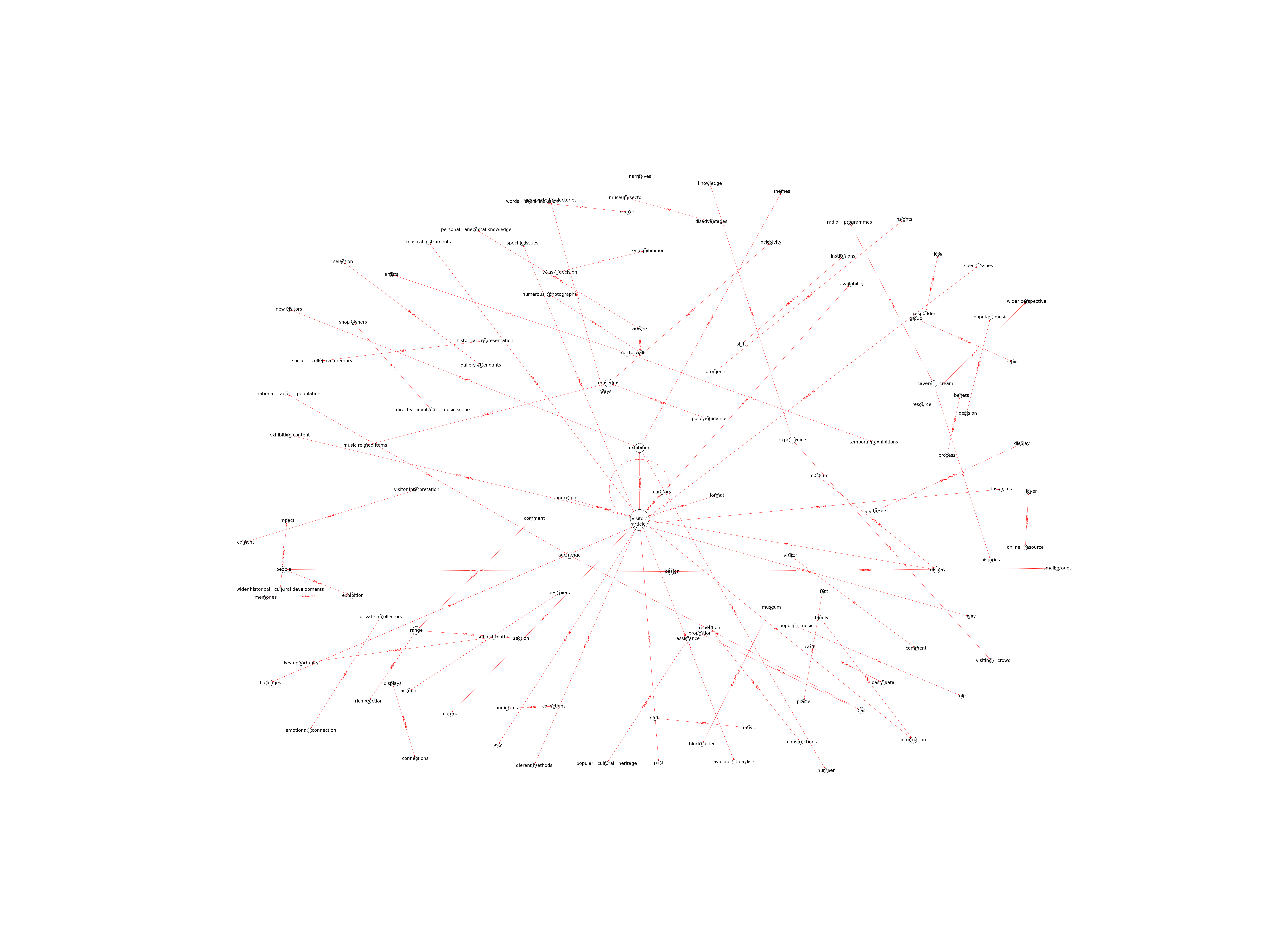| Id | 204 | |
| Author | Leonard, M., | |
| Title | Exhibiting Popular Music: Museum Audiences, Inclusion and Social History | |
| Reference | Leonard, M. (2010) Exhibiting Popular Music: Museum Audiences, Inclusion and Social History, Journal of New Music Research, 39:2, 171-181, |
|
| Keywords | Music; Museums; Popular Music; Social History; Exhibition; Inclusion |
|
| Link to article | https://www.tandfonline.com/doi/abs/10.1080/09298215.2010.494199 |
|
| Abstract | In recent years the relationship between museums and their visitors has been subject to much discussion in relation to debates about the role that these institutions can play in widening participation and tackling social exclusion. Focussing on the display and representation of popular music in UK museums, this article considers the way in which popular music and its related material culture has been displayed, interpreted, valued and mobilized for museum audiences. One particular exhibition, The Beat Goes On, will be examined as a case study through which to explore the issue of popular music and museum audiences in more detail. The article addresses specific issues relating to the representation of music and music culture in the museum context. It explores how social history is constructed by museum professionals and how visitors interpret the material within an exhibition drawing on personal and collective memory. On the one hand, the case study exhibition sought to reflect the ways in which people engage with and experience popular music. On the other hand, the exhibition was necessarily informed by existing research about how visitors negotiate exhibition content and gallery spaces. Drawing on visitor feedback, gallery observation visits and formal evaluation, the article will examine the challenges of effectively communicating concepts and themes around music within an exhibition. |
|
| Metodology | Visitor feedback, gallery observation visits and formal evaluation |
Technique | Observation; Case studies; Visits |

Note: Due to lack of computing power, results have been previously created and saved in database


